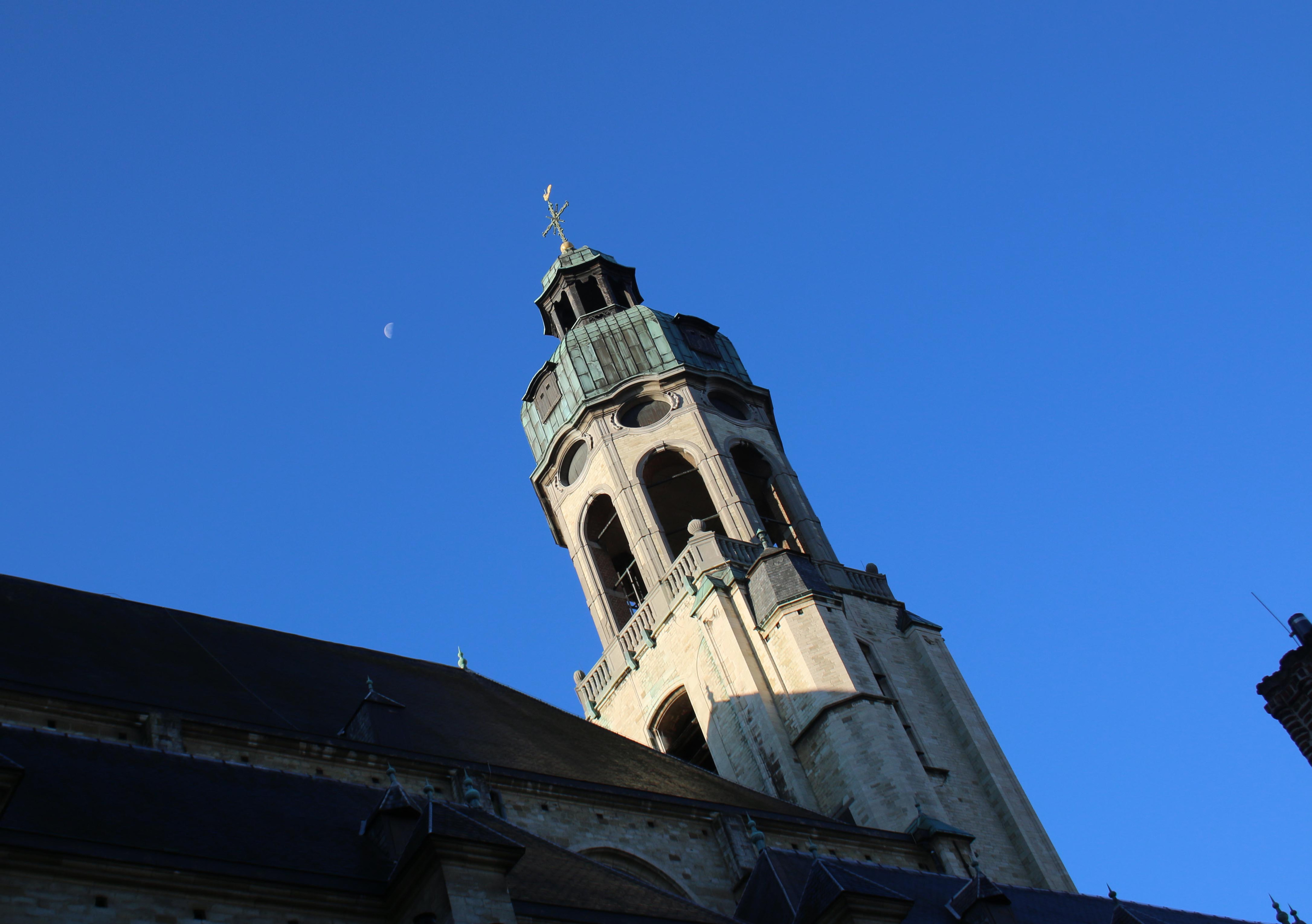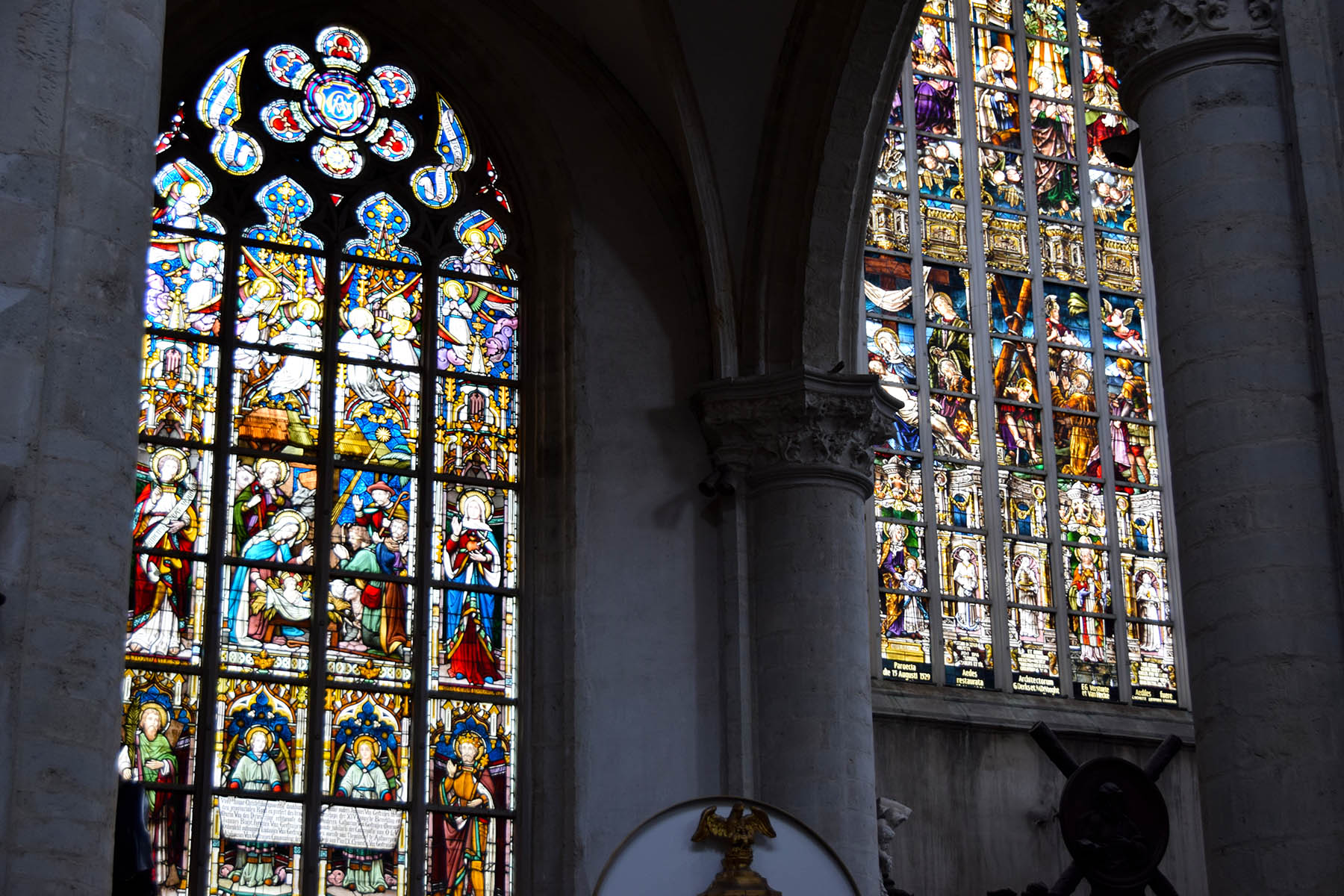Upon entering the Saint Andrew’s Church you immediately feel that it truly cherishes its art treasures. The church not only takes pride in the past but also embraces contemporary artists. For example, the statue of the Virgin Mary has been dressed by Ann Demeulemeester, a renowned Antwerp fashion designer. Vincent van Gogh was once fascinated by the colourful stained glass windows.
Saint Andrew’s Church
In the Antwerp Saint Andrew's quarter you will be surprised to find a captivating church containing some magnificent artwork. It is located in what used to be an ordinary working-class neighbourhood but is now a vibrant Antwerp fashion and antiques district. The Augustinians started building their monastery and church at the beginning of the 16th century. Soon after 1520, they were forced out because of their public sympathy for the German Protestant Martin Luther. The church was largely finished in 1529 under the auspices of Governor Margaret of Austria. The patron saint of the church, Andrew, is also the patron saint of the Burgundian dynasty, of which Margaret was the last generation. The Saint Andrew’s Church was damaged when the Iconoclasm swept through Antwerp in 1566 and the Calvinists took control, but Catholic parishioners rebuilt their church in 1585. One of them was Peter Paul Rubens, who was a parishioner here for a while.
The Martyrdom of Saint Andrew
Rubens influenced many painters, but where did he learn his trade? His principal tutor was Otto van Veen, at that time the most celebrated painter in Antwerp. Otto van Veen painted this colourful, detailed ‘modello’ or small-scale presentation model that served as the basis for the contract with the Church Council (Kerkfabriek) in 1594. The painting The Martyrdom of Saint Andrew was painted between 1597-1599. The modello has been in the possession of the Church Council again since 2006. Van Veen not only taught Rubens the finer points of the Italian High Renaissance, the latter also gained inspiration from it for his world-famous Elevation of the Cross (1609-1610), which is on display in the Cathedral of Our Lady.
Practical information
Accessibility
Easy access for people with disabilities.



